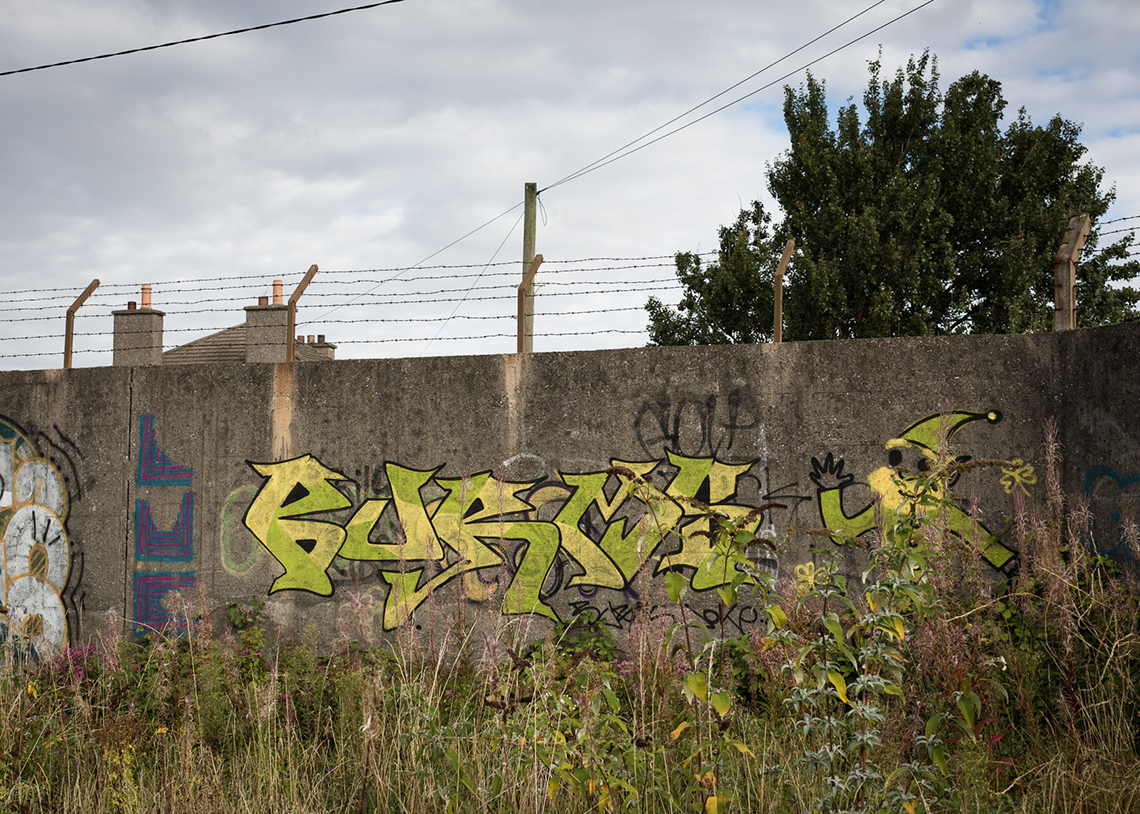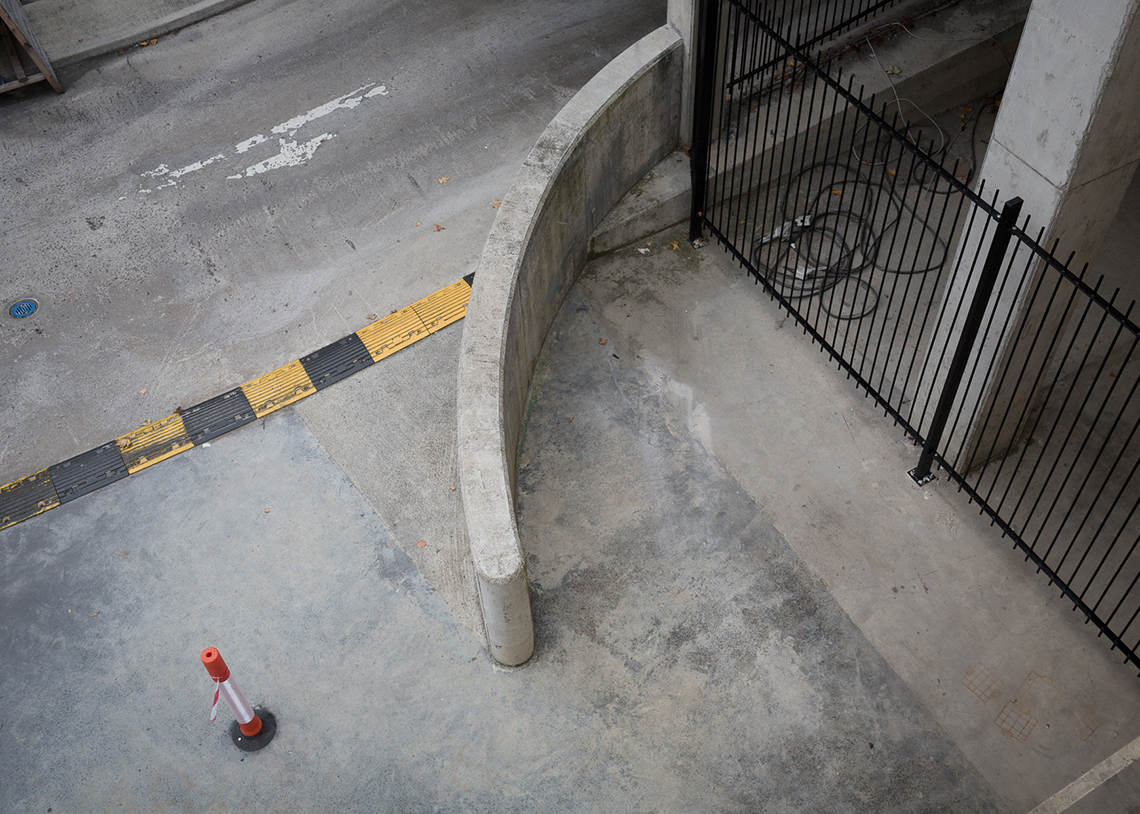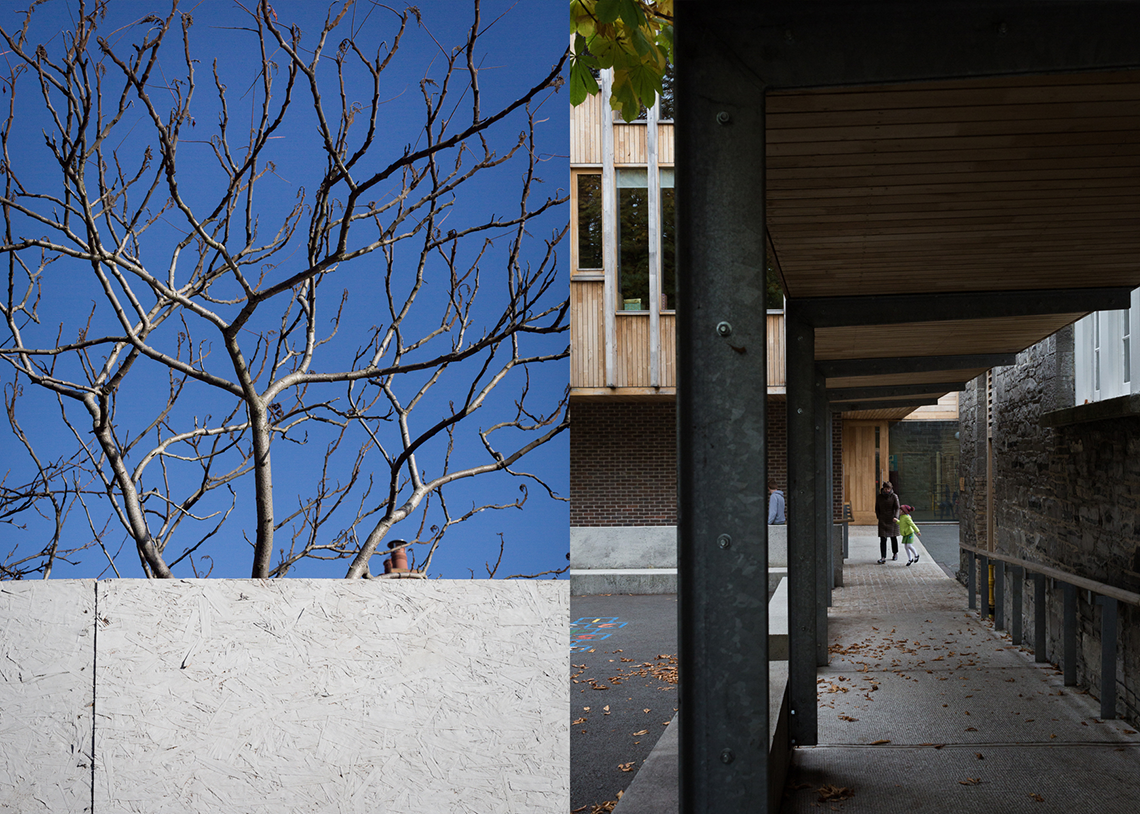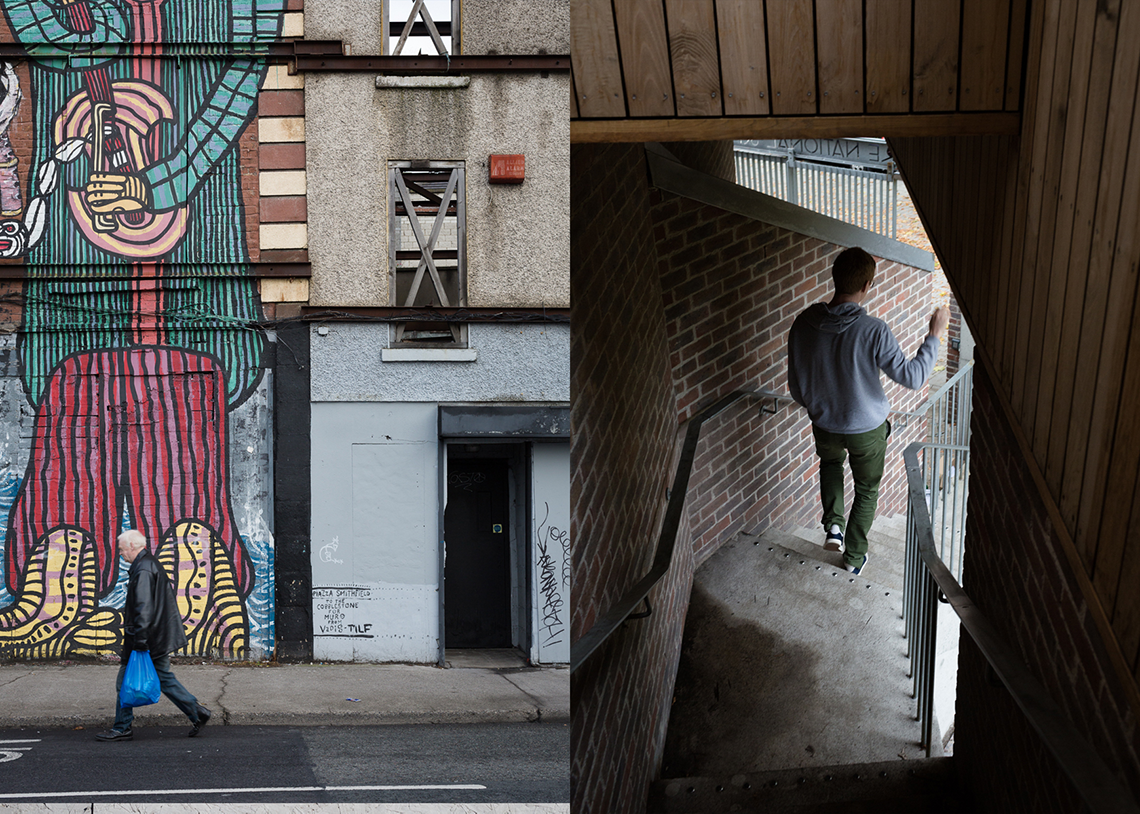The Design Assistance programme has a reputation for creating a ‘snowball effect’ in a community. The process triggers collective action; initial low cost initiatives build momentum and confidence leading to significant transformative projects delivered over a longer time.
The programme operates with four key considerations:
Contextual
It begins with the idea that every community represents a unique place that is the product its own history, tradition and evolution. Each project is designed as a customised approach which incorporates local realities and the unique challenges and assets of each community.
Interdisciplinary
Successful community strategies require whole systems analyses and an interdisciplinary focus. Design Assistance teams combine a range of disciplines and professions. The team apply an integrated design process, examining cross-cutting topics and relationships between issues in reaching a set of recommendations.
Objective
Successful communities work together for the common good, moving beyond narrow agendas to serve the whole. A broad-based community steering committee is required that can lead engagement efforts and ensure all local interests are represented in the process. Design Assistance team members are selected from outside the community and give their services pro-bono. The team’s role is to listen, and to provide an independent analysis and unencumbered technical advice that serves the public interest.
Participatory
Community development requires collective public work that empowers citizens to partner. Each Design Assistance project is a public event, with the citizen expert central to the process. This allows the design assistance team to leverage invaluable community knowledge in formulating its recommendations. It also provides a platform for relationship building, partnership, and collaboration for implementation. This grassroots approach captures the ethos of successful community development.




